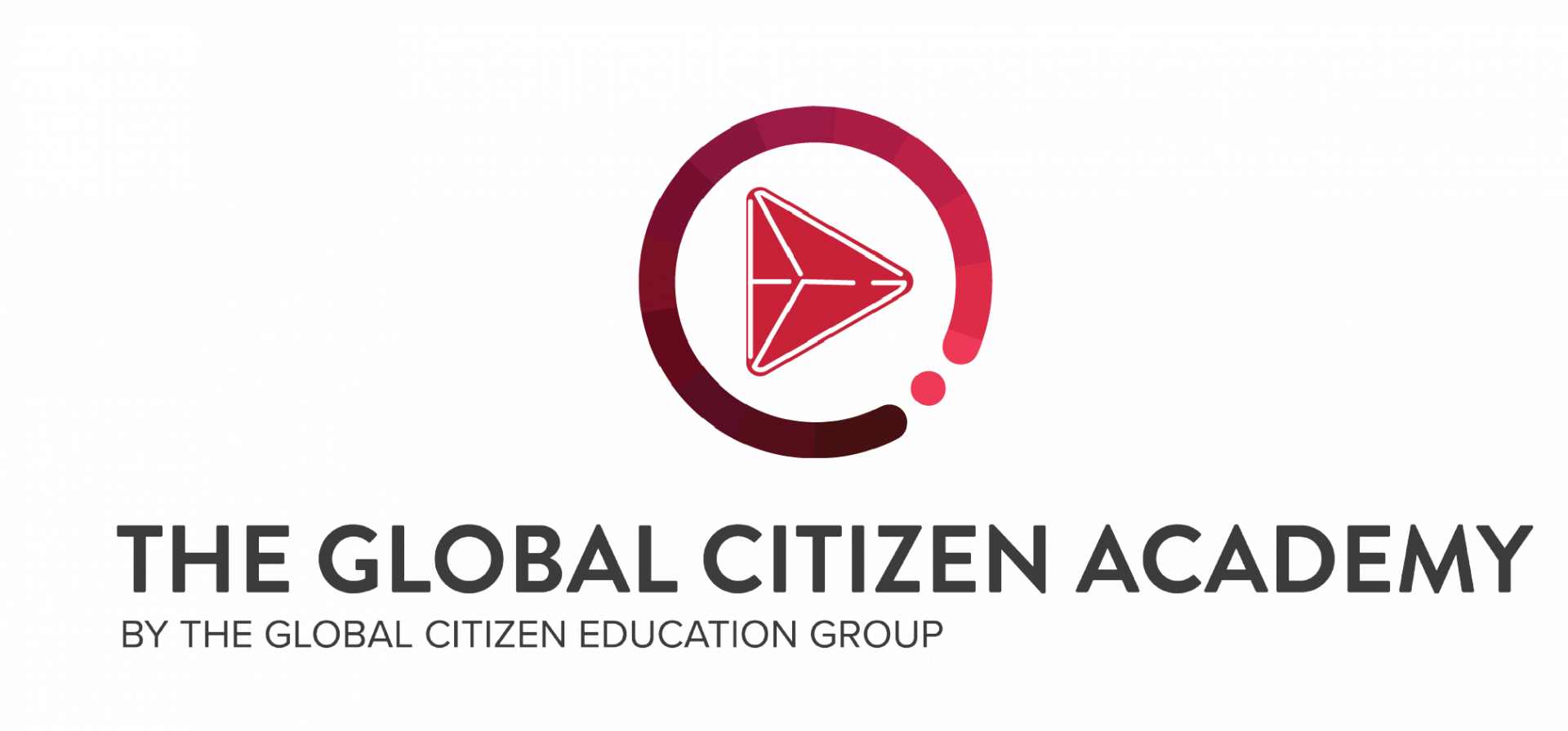Dress Like a Diplomat: What to Wear for MUN?
Given that the MUN conference is meant to be a simulation of a meeting between global leaders and representatives, it is very much a serious occasion. To reflect the dignity that these representatives would typically display, delegates are expected to wear clothes that reflect the formality and weight of the occasion. Even in the 21st century, appearances matter a lot, and although may seem rather old-fashioned to comply with strict gender binaries, adhering to a codified formal dress helps give respect to the situation rather than drawing attention to yourself for the wrong reasons.
For male delegates, this generally refers to formal Western business attire, which usually consists of a blazer, long-sleeved dress shirt, necktie, suit pants, and leather shoes. The blazer is often considered the most important part of the whole outfit, often required to be worn when delivering speeches as part of courtesy -- and going for a little touch of colour, (a striking blue or white, perhaps?) or choosing a tailor-made suit can help you stand out from the crowd. Similarly, you can also choose to spice things up with your choice of tie, as the formality expected at a conference would not be as high as, for example, a black-tie event. Suit pants should be worn, avoiding shorts, slacks, jeans or khakis. Trainers are also usually not appropriate because they are too casual.
Female delegates generally have a greater degree of flexibility in what they wish to wear. This usually comes in a few routes. In general, female delegates are expected to wear either dresses (knee-length) or trousers/skirts (knee-length) with a dress shirt, along with business-appropriate dress shoes. Alternatively, female suits are usually a good investment, although they can be slightly more expensive. For dresses, special concern should be given to keep the colour palette more neutral than a regular dress for outings so as to respect professionalism. The main underlying rule is that there should not be excessive exposure to skin, with the tone of dress generally conservative.
In certain conferences, you are allowed to also wear national costumes that reflect the country that you are representing -- however, this usually requires requests being approved in advance by the conference’s secretariat. With regards to national costumes, this should be as accurate as possible to how representatives of that country would usually dress at international events.
A few common examples in the global arena, and conferences closer to home, include:
Indian leaders wearing Nehru jackets;
Indonesian representatives wearing batik shirts and dresses;
United Arab Emirates diplomats with full keffiyeh and thawb;
Respectively, this means that as a delegate of Japan, you should definitely not dress in a kimono or wafuku, since this is not what they wear to the United Nations. In general, this is extremely rare in practice, given the sheer hassle required to obtain these outfits for the conference -- nevertheless, if you do happen to gain the opportunity, it will ensure that you stand out in the conference!
As a rule of thumb, UNA-USA conferences are usually less strict on clothing choices than the THIMUN affiliated conferences, but this shouldn’t mean that you shouldn’t care at all about how you look. How you choose to dress reflects immensely on the professionalism and impression you give off, and all of that is in your hands. To end with a massive cliche, dress to impress, and you’re halfway to success.

